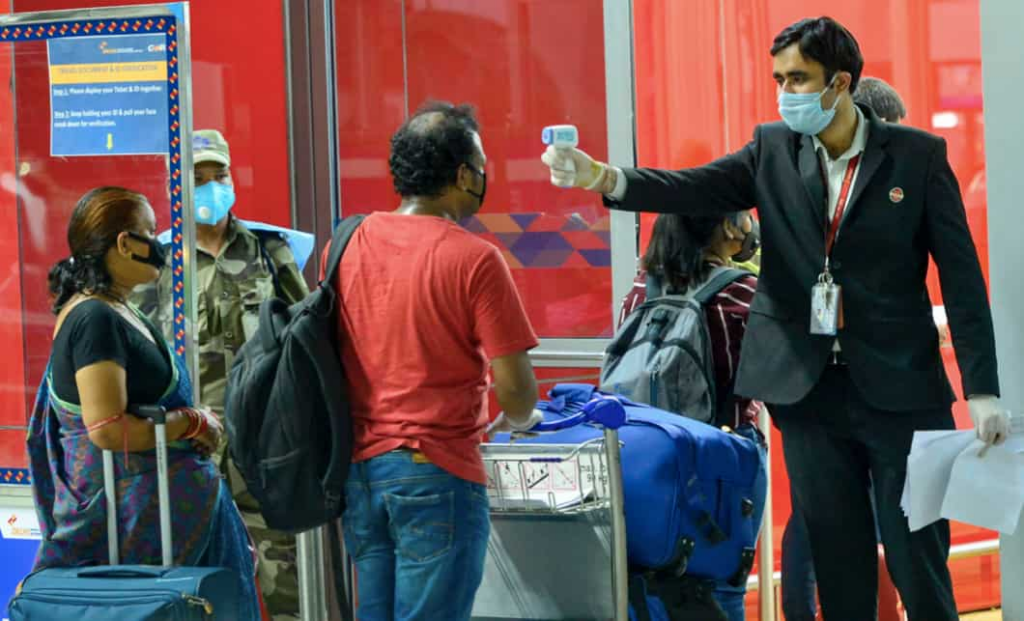The aviation sector in India is witnessing a return to normalcy following a significant disruption caused by a global IT system outage. This outage, which occurred on Friday, led to widespread operational challenges, impacting numerous flights across the country. Airlines have since restored their systems, and flights are now proceeding as scheduled, although passengers may still experience some residual delays.
Airports in major cities like Mumbai, Delhi, and Bengaluru were among the hardest hit. The outage triggered long queues and confusion as check-in counters and boarding systems malfunctioned. Passengers faced hours of uncertainty, with many left stranded in terminals, awaiting updates on their flight statuses. The chaos was a stark reminder of the critical dependency on digital infrastructure in modern aviation.
Airlines swiftly initiated contingency plans to manage the fallout. Ground staff and airline officials were deployed in greater numbers to assist passengers and manually process check-ins and boarding passes. Despite these efforts, the sheer volume of affected flights meant that delays were inevitable.
By late Friday evening, IT teams had managed to restore most systems to operational status. However, the ripple effects of the outage continued to be felt into Saturday, with some flights still running behind schedule. Airline officials have urged passengers to remain patient and check their flight statuses regularly as the backlog of delayed flights is cleared.
This incident has raised concerns about the robustness of IT infrastructure within the aviation industry. Experts point out that while digital systems have revolutionized air travel, they also represent a single point of failure that can lead to widespread disruption. The aviation industry, known for its stringent safety and operational protocols, is now facing calls for similar rigor in its IT systems.
The Directorate General of Civil Aviation (DGCA) has announced an inquiry into the incident, aiming to understand the root cause of the outage and to develop measures to prevent a recurrence. Initial reports suggest that the problem may have originated with a global service provider used by multiple airlines worldwide, underscoring the interconnected nature of modern airline operations.
Passengers affected by the outage have taken to social media to share their experiences, with many praising the efforts of ground staff and flight crews who worked tirelessly to mitigate the impact. However, there is also widespread frustration and calls for better contingency planning to handle such scenarios more effectively in the future.
This disruption comes at a time when the aviation industry is gradually recovering from the severe downturn caused by the COVID-19 pandemic. Airlines have been ramping up operations to meet rising demand as travel restrictions ease and passenger confidence returns. The IT outage, therefore, represents a significant setback in this recovery process.
Industry analysts note that the incident highlights the need for investment in more resilient and redundant IT systems. The integration of advanced technologies such as artificial intelligence and machine learning could offer predictive capabilities to foresee and prevent such disruptions. Additionally, greater coordination and communication between airlines and IT service providers are crucial to enhancing system robustness.
As the situation stabilizes, airlines are focusing on restoring customer trust. Compensation policies and additional customer service initiatives are being rolled out to address the grievances of those affected. The priority remains to ensure that passengers reach their destinations safely and with minimal further inconvenience.
The aviation sector’s ability to swiftly respond and adapt to this IT crisis demonstrates resilience, but it also serves as a wake-up call for the industry to fortify its technological infrastructure against future disruptions.




 Gadkari Calls for Adaptable Economic Policies to Drive Growth
Gadkari Calls for Adaptable Economic Policies to Drive Growth 